
Henley-on-Thames is a town and civil parish on the River Thames in Oxfordshire, England, 9 miles (14 km) northeast of Reading, 7 miles (11 km) west of Maidenhead, 23 miles (37 km) southeast of Oxford and 37 miles (60 km) west of London, near the tripoint of Oxfordshire, Berkshire and Buckinghamshire. The population at the 2011 Census was 12,186.

Patrick Thomas Cormack, Baron Cormack, is a British politician, historian, journalist and author. He served as a Member of Parliament (MP) for 40 years, from 1970 to 2010. Cormack is a member of the Conservative Party and is seen as a one-nation conservative.

Giggleswick School is a public school in Giggleswick, near Settle, North Yorkshire, England.
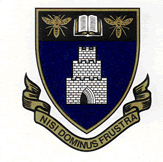
Launceston Church Grammar School is an Anglican co-educational private school in Launceston, Tasmania, Australia for Early Learning through to Grade 12.

Brewood is an ancient market town in the civil parish of Brewood and Coven, in the South Staffordshire district, in the county of Staffordshire, England. Located around grid reference SJ883088, Brewood lies near the River Penk, eight miles north of Wolverhampton city centre and eleven miles south of the county town of Stafford. A few miles to the west of Brewood is the border with the county of Shropshire.

Hutton Grammar School is a voluntary aided ie state-funded Church of England comprehensive day school for boys, with a co-educational Sixth Form. It is located 3 miles (4.8 km) south west of Preston, Lancashire, in Hutton, England. It provides education for boys from the age of 11 to 16, and in the Sixth Form for both boys and girls. The school no longer offers boarding. The school is ranked 5th in the league tables in the North-West and 2nd place for AS-A2 results. It was also the Lancashire Rugby School of the Year, for two years running, for 2007 and 2008. Hutton has also achieved Specialist Schools Status accreditation in Mathematics and Computing.
Sudbury Grammar School was a boys' grammar school in Sudbury, Suffolk. The school was founded in 1491. In 1972, the school was amalgamated with other local schools to form Sudbury Upper School.

Enfield Grammar School is a boys' Comprehensive school and sixth form with academy status, founded in 1558, situated in Enfield Town in the London Borough of Enfield in North London.
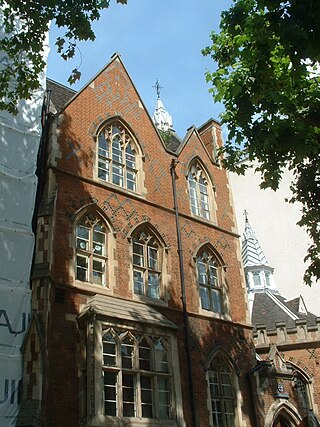
St Marylebone Grammar School (SMGS) was a grammar school located in the London borough of the City of Westminster, from 1792 to 1981.
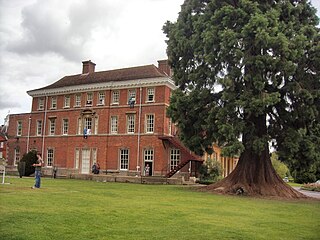
Elstree School is an English preparatory school for children aged 3–13 at Woolhampton House in Woolhampton, near Newbury in the English county of Berkshire. The school is co-educational.

Leeds Grammar School was an independent school founded 1552 in Leeds, West Yorkshire, England. Originally a male-only school, in August 2005 it merged with Leeds Girls' High School to form The Grammar School at Leeds. The two schools physically united in September 2008.

William Budworth was a schoolmaster at Brewood in Staffordshire, England. He taught several notable pupils, but he is most remembered for not employing Samuel Johnson as an assistant at Brewood Grammar School.
Retford Oaks Academy is a coeducational secondary school and sixth form located in the market town of Retford, Nottinghamshire, England, situated in the district of Bassetlaw.
Magnus Church of England Academy often abbreviated as 'Magnus', is a British secondary school located in the market town of Newark-on-Trent, in Nottinghamshire, England. It was founded as a grammar school by the 16th-century English diplomat and cleric Thomas Magnus; the original school building, located in Appletongate by the church, is now a small museum.

Appleby Grammar School is a mixed secondary school and sixth form in Appleby-in-Westmorland for students aged 11 to 18. Since 2011, it has been an Academy. Until 2013, the school was a registered charity.
Burnley Grammar School was latterly, a state-funded selective boys grammar school, situated in Byron Street in Burnley, Lancashire. However, during its long history, it moved between a number of sites in the town.

Truro Cathedral School was a Church of England school for boys in Truro, Cornwall. An ancient school refounded in 1549 as the Truro Grammar School, after the establishment of Truro Cathedral in the last quarter of the 19th century it was responsible for educating the cathedral's choristers and became known as the Cathedral School.
Marlborough Royal Free Grammar School, previously known as Marlborough Grammar School and King Edward's School, Marlborough, was a grammar school in the town of Marlborough, in Wiltshire, England, founded in 1550.
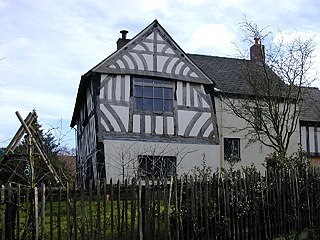
The Chantry House, also known as the Chantry Priests' (or Priest's) House and formerly the Old School House, is a medieval half-timbered or "black-and-white" house, dating from around 1527, in Bunbury, Cheshire, England. It was originally associated with the chantry chapel in the nearby parish church of St Boniface, founded by Sir Ralph Egerton. After the chantry's dissolution, it became associated with Thomas Aldersey's grammar school. The Chantry House is an early surviving example of a residential timber-framed building in Cheshire, with many typically medieval features. It is listed at grade II* for "the quality of framing throughout."
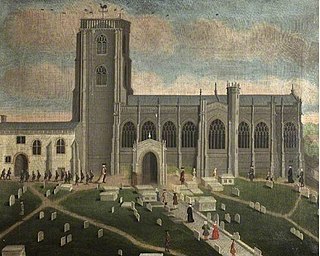
Yeovil Grammar School was a grammar school in Yeovil, Somerset, which was founded or refounded about 1860 and closed in 1906 when its only headmaster, Henry Monk, retired.

















